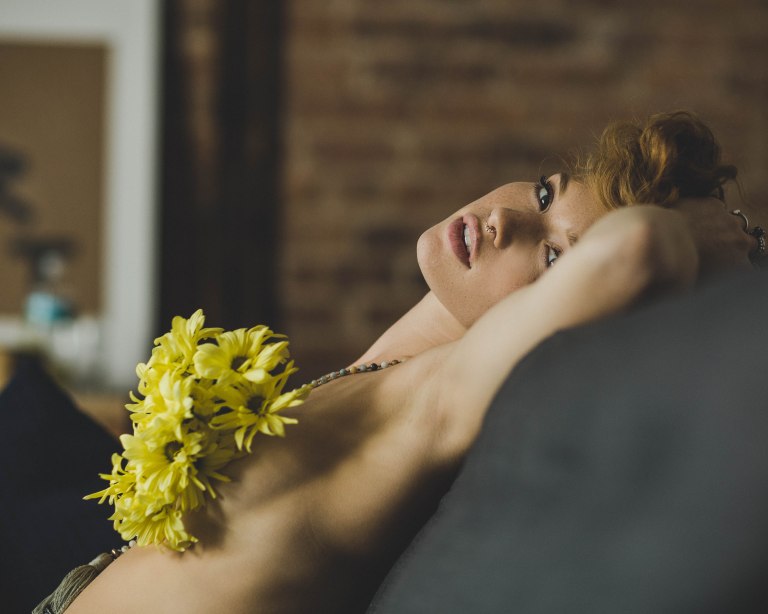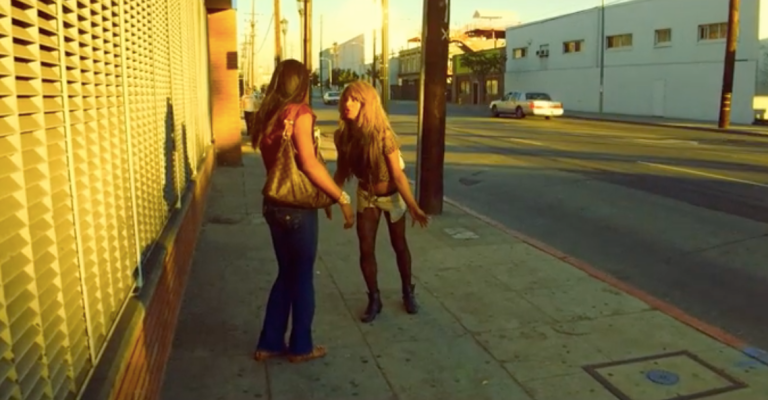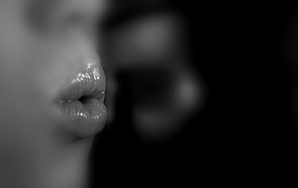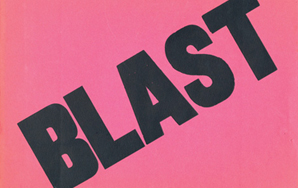We Need To Teach Guys To Dance
Many commenters, including The Guardian’s Barbara Ellen, have wondered if the reactions would’ve been the same if Lebeouf were a woman. Yet because there are so few examples of men engaging in this type of dance in popular music (are there any?), it’s impossible to say.
By Ann Midori
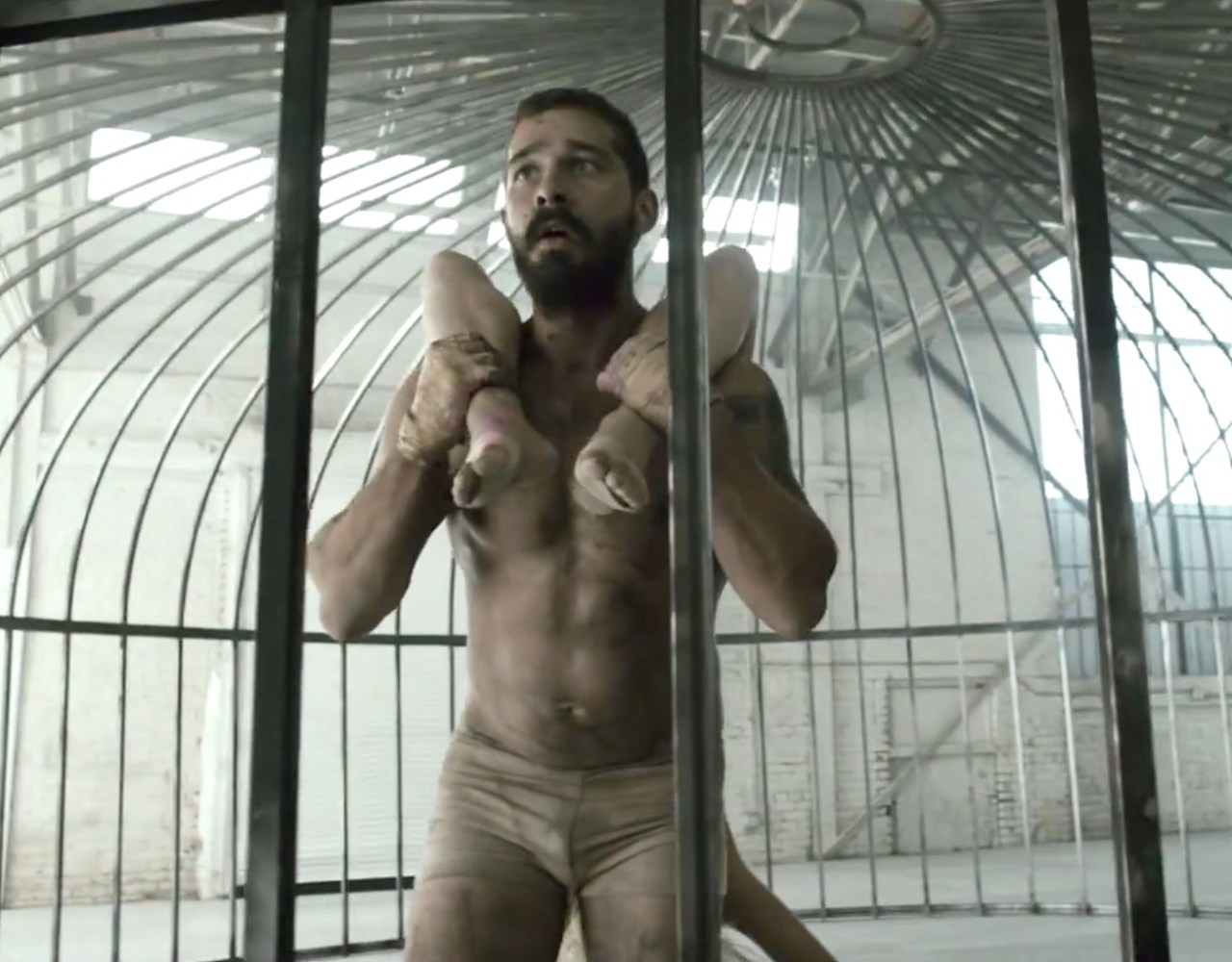
“I’m looking for modern dance classes,” a friend recently told me. “I was inspired by Shia Lebeouf.”
Up until this week, the only activities I’d associated with Lebeouf were fighting with robots, playing one of my lesser childhood crushes and owning a “meta-modernist Twitter account.” But that’s no longer the case.
Whether Sia’s divisive Elastic Heart video is inappropriate for featuring Lebeouf and child dancer Maddie Ziegler dancing in flesh-colored leotards is part of a larger conversation. Whether Sia should’ve apologized for it is debatable (she apparently felt that they were the only two actors who could play the two “warring ‘sia’ self states”).
What is clear is that Sia, both with this video and with ‘Chandelier,’ has energized modern dance and brought it into the mainstream in a way that no one else has in recent years. The video has reached over 30 million views in four days, been covered by every major news source and, perhaps most unusually, inspired tens of thousands of commenters to argue about modern dance online. Many commenters, including The Guardian’s Barbara Ellen, have wondered if the reactions would’ve been the same if Lebeouf were a woman. Yet because there are so few examples of men engaging in this type of dance in popular music (are there any?), it’s impossible to say.
A world where we barely ever see men perform professional dance has not always been the case, nor is it currently the case in many parts of the world. Flamenco, for instance, is just as much a man’s dance as it is a woman’s (though due to the way it’s often exported, I had no idea this was true until seeing live performances in Spain). Capoeira, a form of Brazilian martial art that incorporates many elements of dance, was developed by slaves as a form of resistance and banned for centuries. It is now celebrated as a trademark of Brazilian culture.
And dance has always been a source of controversy, whether men or women were involved. Last year, in a sort of eerie modern Footloose without the happy ending, a co-ed group of six young Iranians were arrested for making a video to Happy that would be considered G-rated by most western standards. They were forced to appear on state TV and express remorse for their behavior.
Dance is moving, alarming, discomforting, and yet professional dance often retains an aura of prissiness and sterility in the popular imagination…a certain brand of ‘femininity’ that does not necessarily speak to many men or women. As a result, only a fraction of boys take dance classes growing up. (Though one study showed that this is less true for African-American and Hispanic boys, and for families in lower income brackets, than it is for higher-income white males).
The stigma permeates other countries as well. A male belly dancer in Turkey was recently quoted saying, “My family does not know I dance for a living. In their worldview, zennes are male sex workers. I’m gay but I’m not sex worker. I make a decent living through my art.”
The decline of dance among modern male culture (and it has been a decline—before industrialization, nearly every region of the world participated in folk dances of some kind) is truly a net loss to society. Not only does dancing improve balance, flexibility and strength, it has been shown to stave memory loss, improve athletic performance and alleviate depression. It can be political or spiritual, powerful or delicate, sexually charged—or not. There’s nothing uniquely ‘feminine’ about artistic movement, only the ways we’ve come to package and present it. That it is classified as ‘artistic,’ rather than ‘athletic,’ serves to perpetuate this view. It is both.
Finally, if it can be disruptive, dance can also be deeply healing. Author and lecturer Andrew Solomon wrote that, while researching in Rwanda, he met a man who had encountered many foreign mental health workers who came to work there after the genocide. The man recalled that the workers caused “a lot of trouble,” and when asked why, explained that, among other things, “Treatment was not out in the bright sunshine where you feel happy. There was no music or drumming to get the heart running as the heart should run. Instead, they took people one at a time into sort of dingy little rooms for an hour at a time and asked them to talk about the bad things that had happened to them. Which, of course, just made them feel much worse, almost suicidal. We had to put a stop to it.”
In the U.S., dance and music therapy are gaining traction for treating depression and other mental health conditions. But these treatments are dwarfed by the prevalence of drugs and traditional psychotherapy. For different situations, some or all could be helpful. But with virtually no bad side effects and plenty of benefits, dance seems worth incorporating into our repertoire of strategies for tackling such issues.
I’m unsure whether Sia’s choreography crossed a cultural line, and would not consider myself the most equipped to make that call. But the fact that modern dance has been portrayed as a potential activity for an adult man is itself radical in the context of pop culture. That there exist options beyond moving-slightly-while-women-gyrate-around-you should be an important takeaway for men who never considered a dance class in their lives, or parents who would pause before enrolling their sons in one. By now, the fact that something causes pause due to gender norms should be reason enough to consider it, if not actively pursue it further. ![]()
